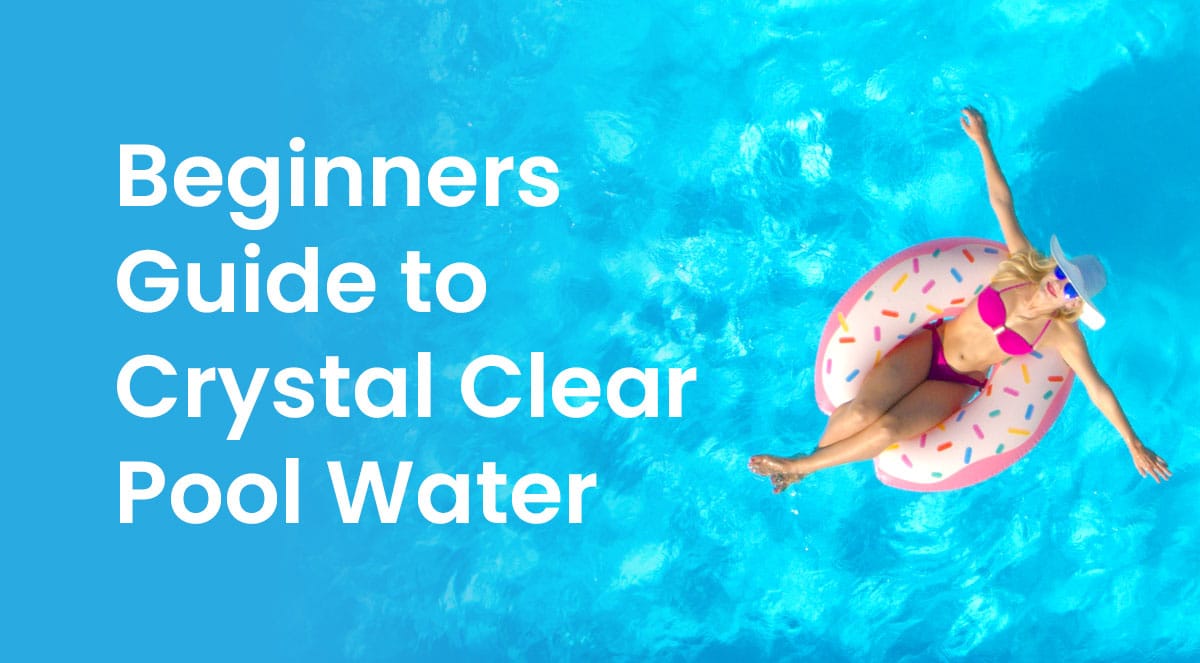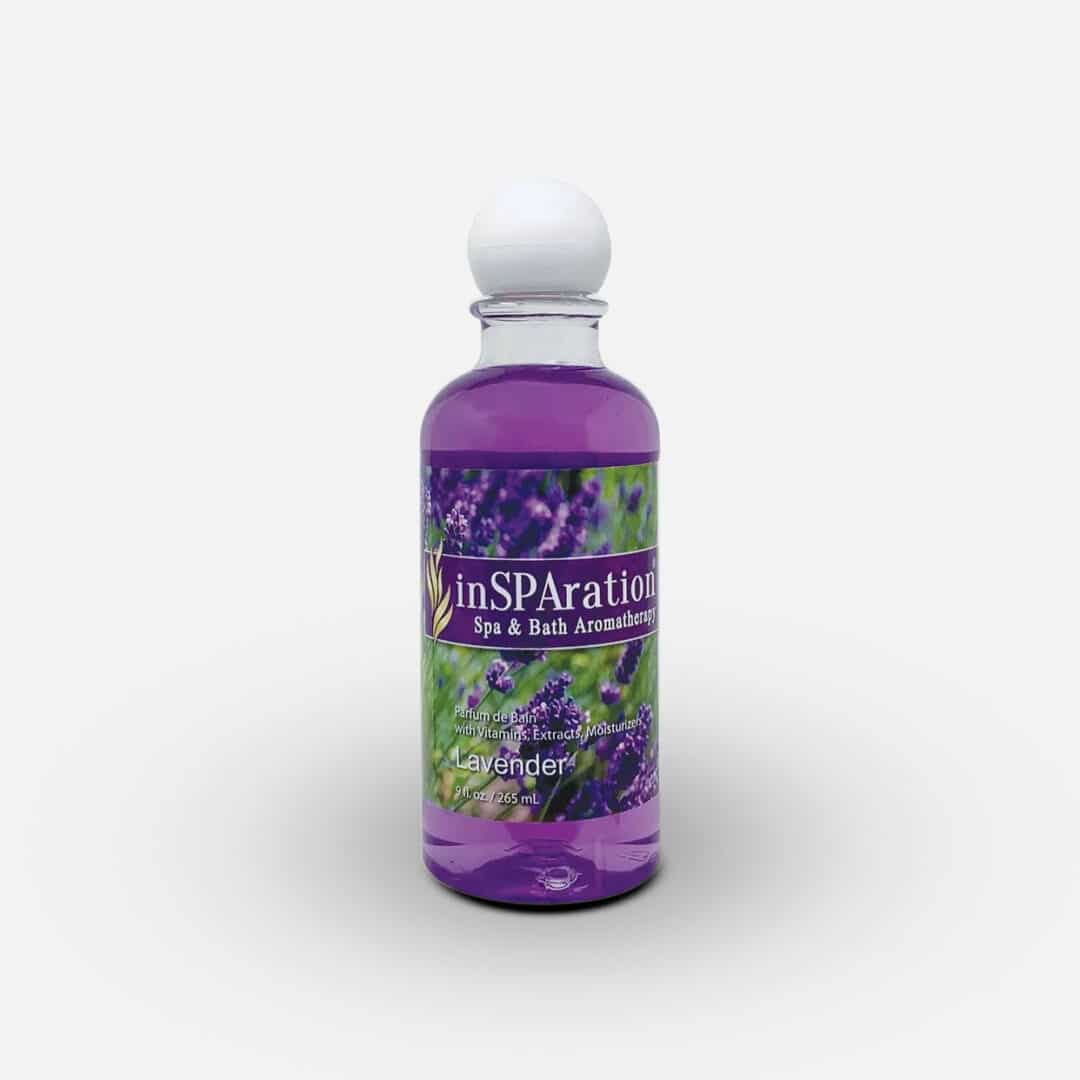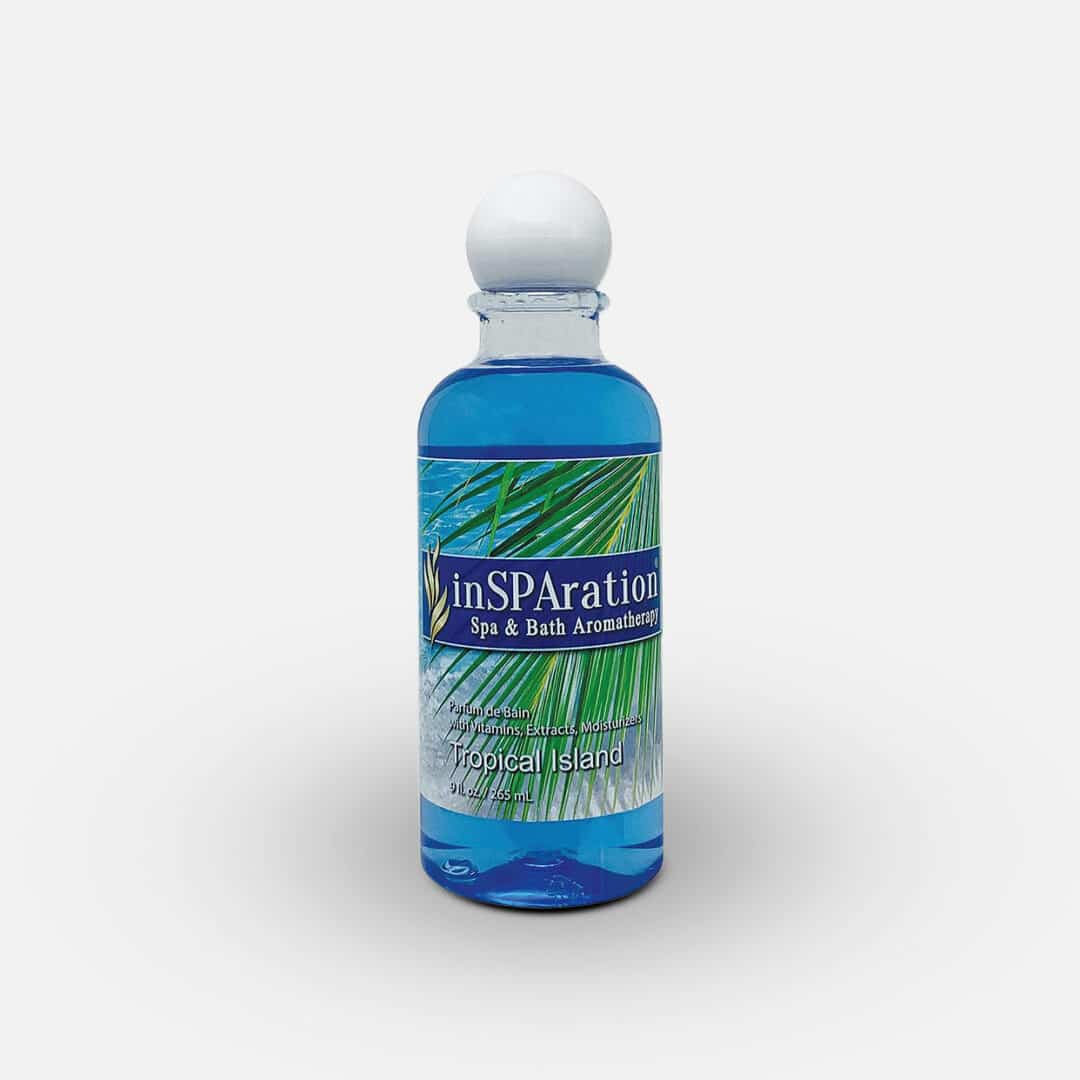When it comes to enjoying the luxury of a pool, maintenance is key. Regular upkeep not only ensures a refreshing swim but also prolongs the pool’s lifespan. Dive into our detailed guide to understand the intricate steps of maintaining pristine pool waters and the equipment that supports it.
Table of Contents
- Understanding Pool Chemistry
- Essential Equipment Maintenance
- Routine Cleaning and Inspection
- Preventing Algae and Pests
- Winterizing Your Pool
- Safety Measures and Best Practices
Understanding Pool Chemistry
The Importance of pH Levels
A balanced pH level, ranging between 7.2 to 7.8, ensures that the water remains comfortable for swimmers and doesn’t corrode pool equipment. Regularly test the water and adjust using pH increasers or decreasers.
Keeping Chlorine in Check
Chlorine is essential to eliminate bacteria and other contaminants. Maintain a chlorine level of 1 to 3 ppm (parts per million). Utilize pool test strips or a digital tester to monitor levels.
Balancing Alkalinity and Hardness
Aim for a total alkalinity of 80-120 ppm to prevent pH fluctuations. Additionally, maintain calcium hardness between 200-400 ppm to avoid scaling and equipment erosion.
Stabilizing with Cyanuric Acid
Cyanuric acid protects chlorine from being quickly degraded by the sun’s UV rays. Aim for a level of 30-50 ppm in outdoor pools.
Essential Equipment Maintenance
Filters: Your Pool’s Defense System
Regularly clean and backwash pool filters. Cartridge filters require rinsing, while sand and D.E. filters benefit from backwashing.
Pumps: The Heart of Your Pool
Ensure pumps run for an optimal duration daily, typically 8-12 hours. Check for clear lid and strainer baskets, and clean them weekly to ensure efficient water circulation.
Heaters: Ensuring Comfortable Temperatures
Regularly inspect heaters for calcium scale build-up. If detected, run a De-liming solution through the system.
Routine Cleaning and Inspection
Skimming: Surface Debris Removal
Skim the pool’s surface daily to remove leaves, bugs, and other debris.
Vacuuming: Tackling the Deep End
Vacuum the pool floor weekly to remove settled dirt and debris, ensuring a clean swimming environment.
Brushing: Eliminating Stubborn Deposits
Brush the pool walls, ladders, and corners weekly to prevent algae growth and calcium deposits.
Preventing Algae and Pests
Algae Prevention
Regularly use algaecides, ensuring the pool water remains clear and free from unsightly green tints.
Pest Control
Introduce natural repellents or employ specialized pool covers to deter pests like ducks or frogs from making your pool their home.
Winterizing Your Pool
Adjust Chemical Levels
Before covering, balance pH, chlorine, alkalinity, and calcium hardness levels to safeguard the water quality during colder months.
Protecting Equipment
Drain water from pumps, heaters, and filters. Store removable equipment in a dry, safe place.
Safety Measures and Best Practices
Regular Inspection
Continuously inspect pool barriers, gates, and ladders. Ensure they’re in good condition and secure.
First Aid and Lifesaving Tools
Always have first aid kits and life-saving tools, like lifebuoys or ropes, within easy reach.
Pool Etiquette
Educate family members and guests about pool rules, such as no running, diving in designated areas only, and maintaining supervision for children. To ensure your pool’s longevity and enjoyment, consistent maintenance is essential. Adopt these comprehensive practices, and you’ll have crystal-clear waters ready for a refreshing dive, any time of the year.



